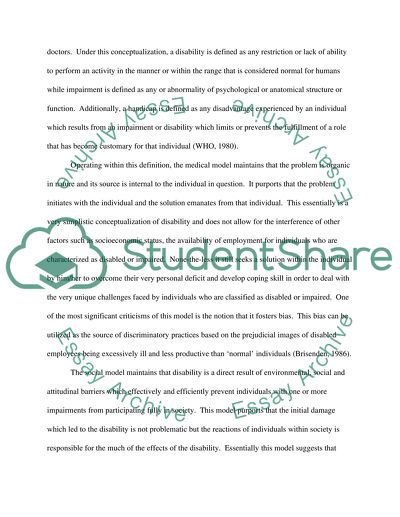Cite this document
(“Disability Equality and Diversity Essay Example | Topics and Well Written Essays - 2000 words”, n.d.)
Retrieved from https://studentshare.org/sociology/1521627-disability-equality-and-diversity
Retrieved from https://studentshare.org/sociology/1521627-disability-equality-and-diversity
(Disability Equality and Diversity Essay Example | Topics and Well Written Essays - 2000 Words)
https://studentshare.org/sociology/1521627-disability-equality-and-diversity.
https://studentshare.org/sociology/1521627-disability-equality-and-diversity.
“Disability Equality and Diversity Essay Example | Topics and Well Written Essays - 2000 Words”, n.d. https://studentshare.org/sociology/1521627-disability-equality-and-diversity.


